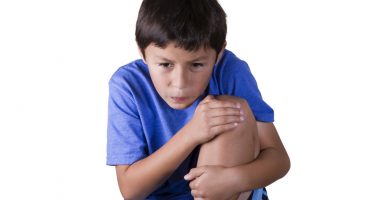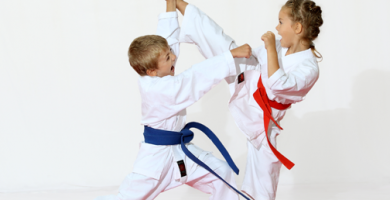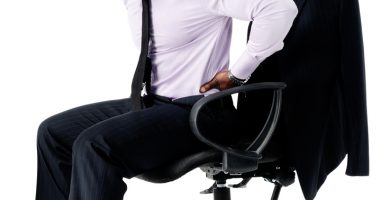Osgood Schlatter’s Disease
What is it?
OS is really a syndrome rather than a disease and is one of the most common causes of knee pain in growing children. It can be extremely painful and debilitating and generally affects active children between the ages of 9 and 16. It presents as a painful and often swollen lump at the top of the shin bone (tibia).
Signs and Symptoms
Generally it’s fairly easy to spot. As already mentioned, it will be painful on the knuckle at the top of the shin and it’s usually swollen. It’s right over where the tendon from the kneecap (patella) joins into the bone on the tibia. It’s worse after activity and the child will complain of pain directly at that point on the front of the knee. They generally find they can’t run, kick or jump as it is too painful.
OS usually affects children around a growth spurt and they are quite often, mad keen on sports. Sports that involve a lot of kicking, jumping and sprinting are the most aggressive on the knee, like football, gymnastics, martial arts, netball, basketball and so on. As the symptoms progress it will begin to impact on daily life too such as kneeling, stairs and squatting. Usually symptoms improve with rest, but then they will return as soon as the child returns to sport. It can present in both legs at the same time, or one or the other leg and it isn’t always the dominant leg. A small bony lump may develop that is usually permanent but the pain will certainly go with time. It usually lasts for the duration of the child’s growth and in a lot of cases can last for up to 2 years. It does not affect the knee joint itself and X-Rays are usually unnecessary.
Cause?
Research is ongoing into OS, but the consensus is that basically the bone is relatively soft in children and with the activity of the big thigh muscle group on the tendon, it pulls on the bone. A very good analogy is given by Strickland who has done a lot of research on the subject. She says that if you think of a rope attached to cement that has not quite hardened yet, and then you pull it, some of the cement will come with it. That’s essentially what causes the pain and inflammation. The bone is not hard enough yet to take the forces that the big muscle and tendon are exerting on it. It’s thought that there is a growth imbalance between the bone and muscle, whereby the muscle can’t keep up with the bone and hence the pull.
What can be done about it?
Sometimes rest can help, but manual therapy to address the root cause of the issue is a good option and an experienced therapist can help. You can seek advice from your GP and it is also worth seeing your Physiotherapist or Osteopath for a program to get you on the right track. Using a specific exercise programme, in many cases, the child can have on a graduated return to sport in as little as 3 weeks.
Contact us on 728 798 or email admin@avenueclinic.co.uk to find out more.
Nicki
Musculoskeletal Physiotherapist






